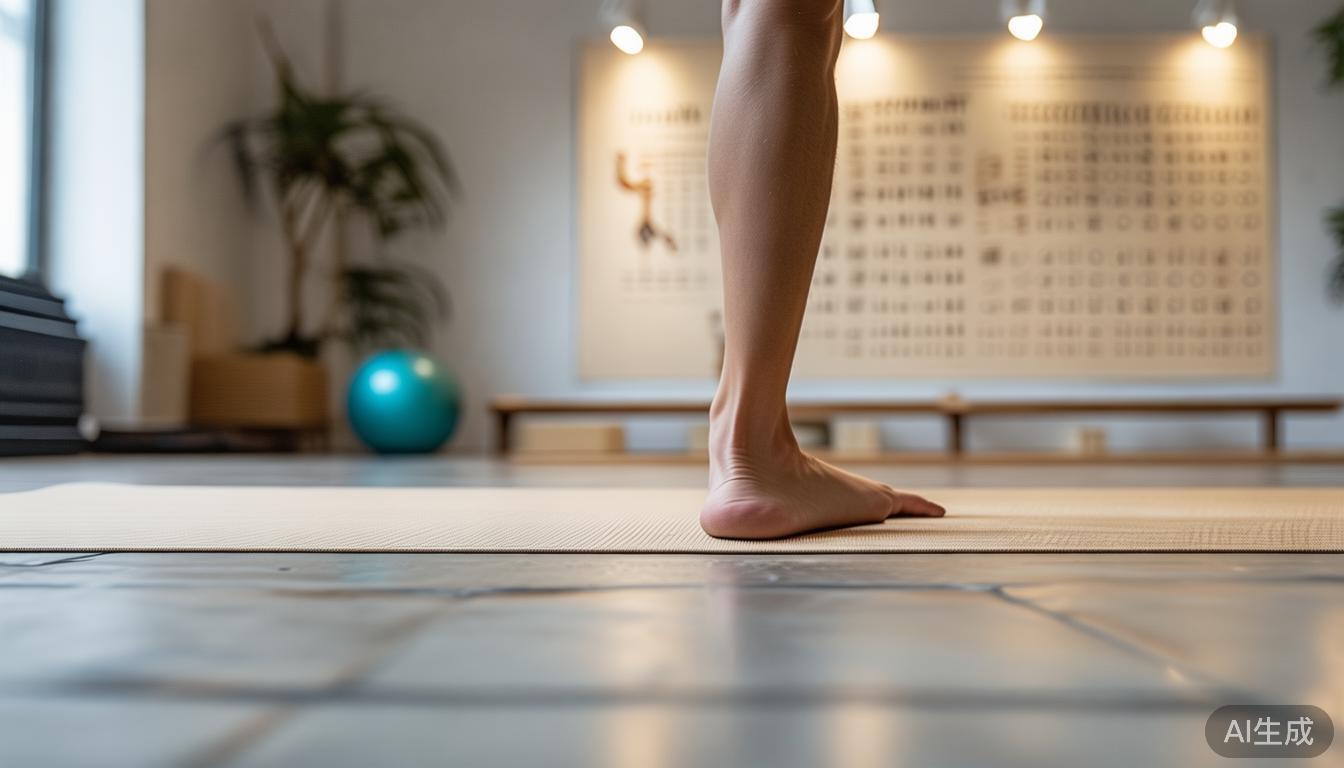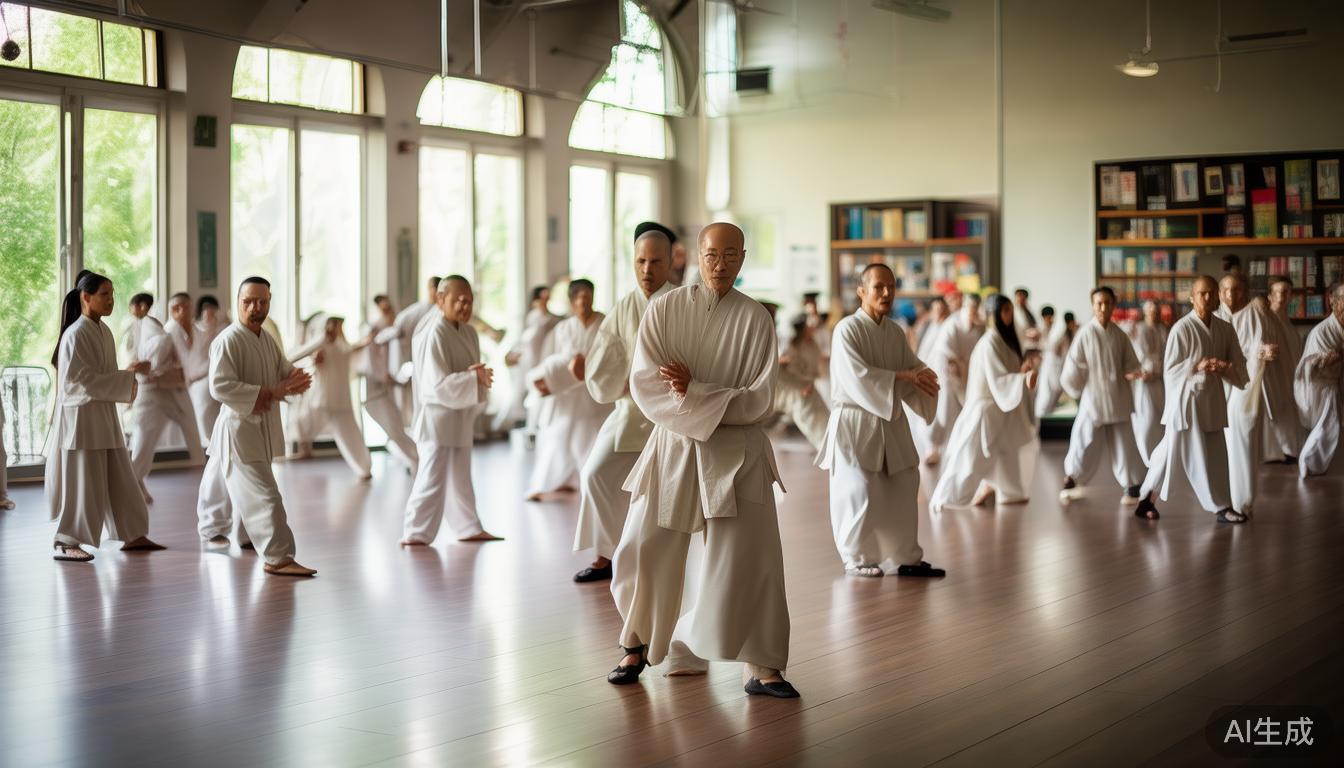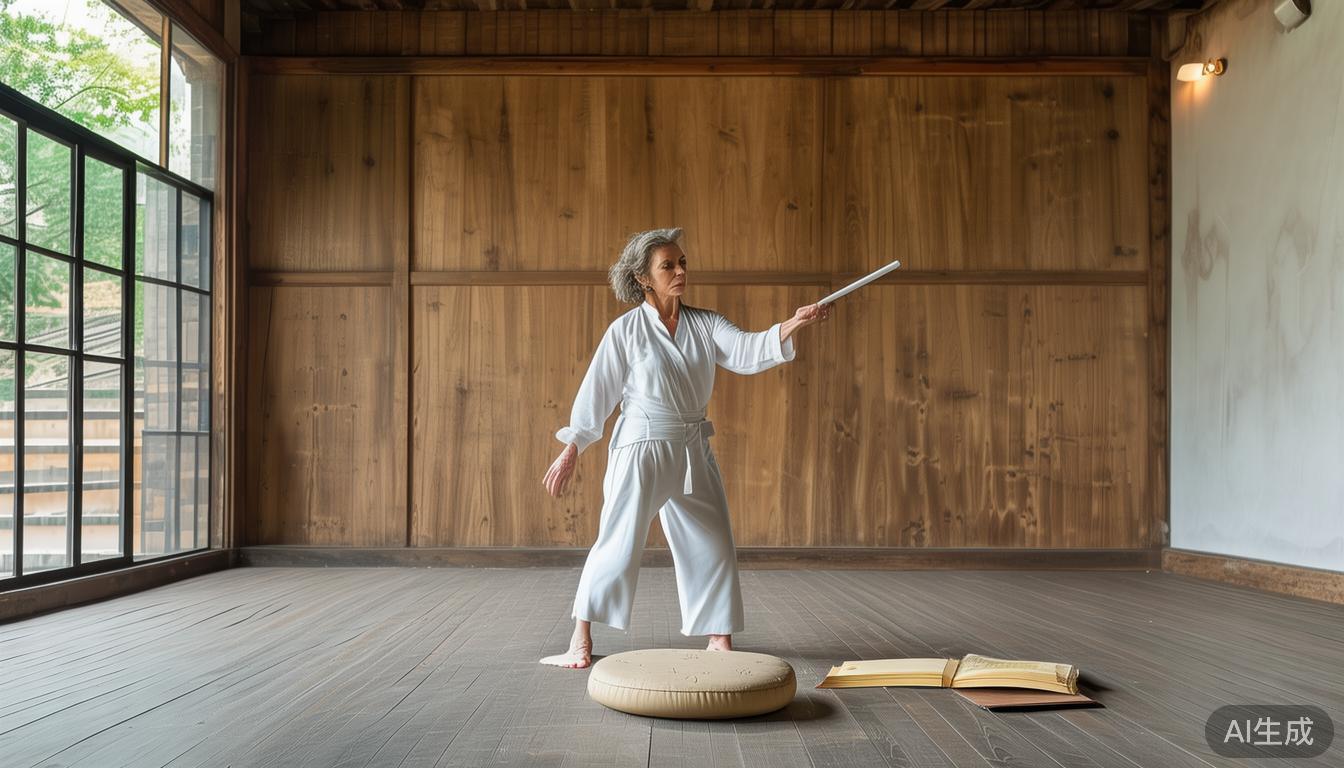Practicing the 48-style Tai Chi is not just about learning a set of movements, but about mastering the art of achieving physical and mental balance. This routine, which combines the essence of traditional Tai Chi, helps practitioners improve their flexibility, strengthen their core strength, and cultivate their inner concentration ability with consistent and soothing postures. Many people find that it not only relieves stress but also gradually improves their posture and coordination during daily practice. Next, I will guide you to deeply experience the subtleties of this set of movements from basic steps to common misunderstandings, level by level.
How to learn Tai Chi 48 postures in stages
For those who are just getting started, it is best to divide the 48 poses into three parts and proceed step by step. First, start from the previous 16 forms such as rising stance, wild horse parting, etc. Tai Chi 48 form step by step , focusing on the coordination of foot movement and arm arcing. Practice this part over and over again every day until the movements become smooth and natural. Then enter the 16 postures in the middle, which are relatively complex movements such as Yun Shou and Golden Rooster Independence. At this time, you need to pay attention to the rhythm of breathing and posture conversion. Finally, learn the remaining movements Tai Chi And Arthritis , especially difficult movements such as turning and swinging lotus. It is necessary to conduct decomposition exercises for each turn and balance point. Learning in stages prevents overload while allowing muscle memory to develop over time.
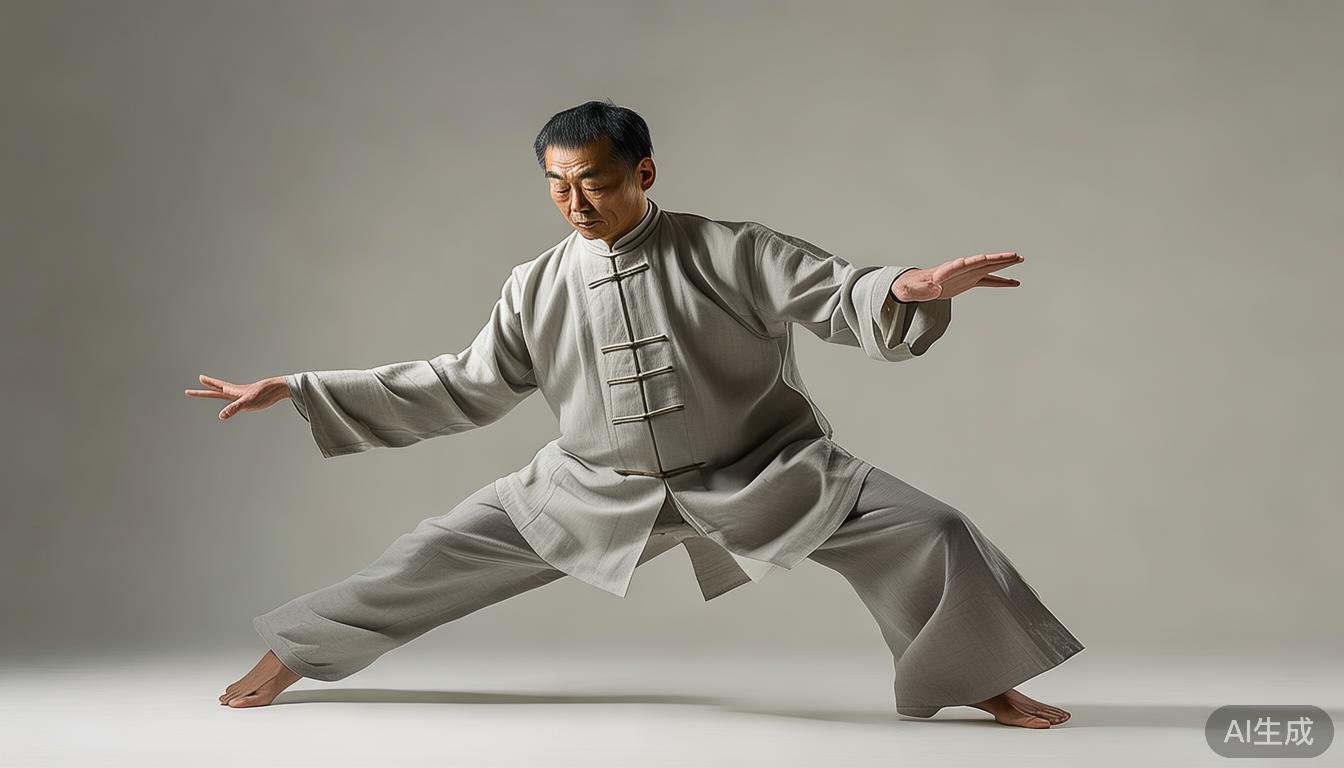
How to match Tai Chi 48 breathing movements with the movements
Breathing is the soul of Tai Chi, and it is especially critical in the 48 poses. Generally speaking, you inhale when the movement is started, and exhale when you withdraw it. For example, when doing the "Single Whip" movement, expand your arms while taking a deep breath, and slowly exhale when you withdraw it. For coherent movements like "Jade Girl Shuttle", you must adopt Use abdominal breathing to maintain a deep and even state to prevent suffocation or shortness of breath. At the initial stage of practice, it may be difficult to balance both. You can first become familiar with the movements, and then integrate into the breathing process. Time flies, and the breathing will naturally guide the body, strengthening the smooth nature of the movements and the flow of inner energy.
What are the common mistakes in Tai Chi 48 postures?
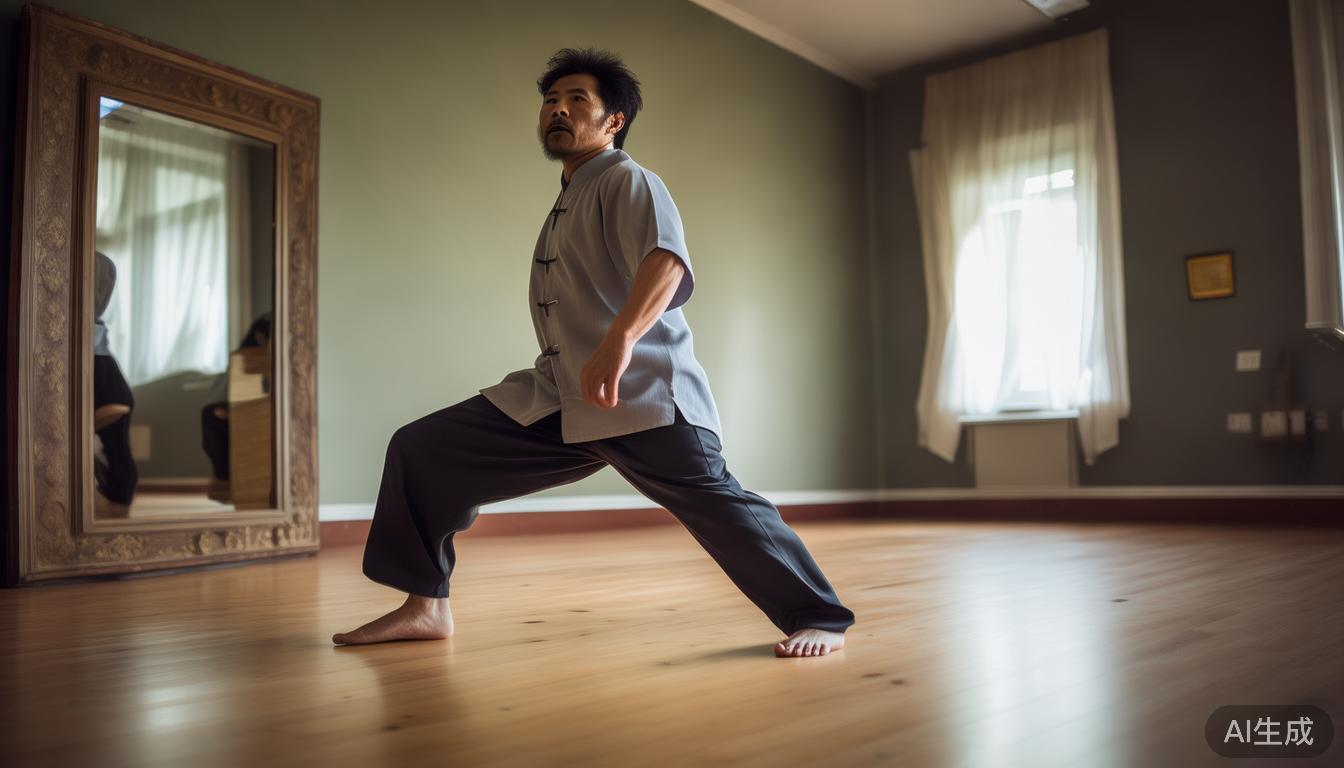
Many practitioners are prone to make similar mistakes in the 48 pose, such as the knees passing over the toes, which increases the pressure on the joints, especially in moves such as "hugging the knees and walking". Another common problem is that the shoulders are in a tight state, which makes the movements stiff and loses the flexibility that Tai Chi should have. In addition, if the center of gravity shift is not complete, it will affect the balance. For example, in the "reverse curl" movement, the back foot moves in a hurry without being firmly planted. It is recommended to practice in front of a mirror, or record a video to check yourself, and then adjust your posture in time. With this in mind, small corrections can dramatically improve results and prevent sports injuries.
Practice step by step and focus on the details, and the 48 Tai Chi postures will become your daily companion. During the learning process Tai Chi And Diabetes Courses Online , have you ever encountered a certain movement that is always difficult to coordinate? Welcome to share your experience in the comment area. If you find this article useful, please like and support it!



